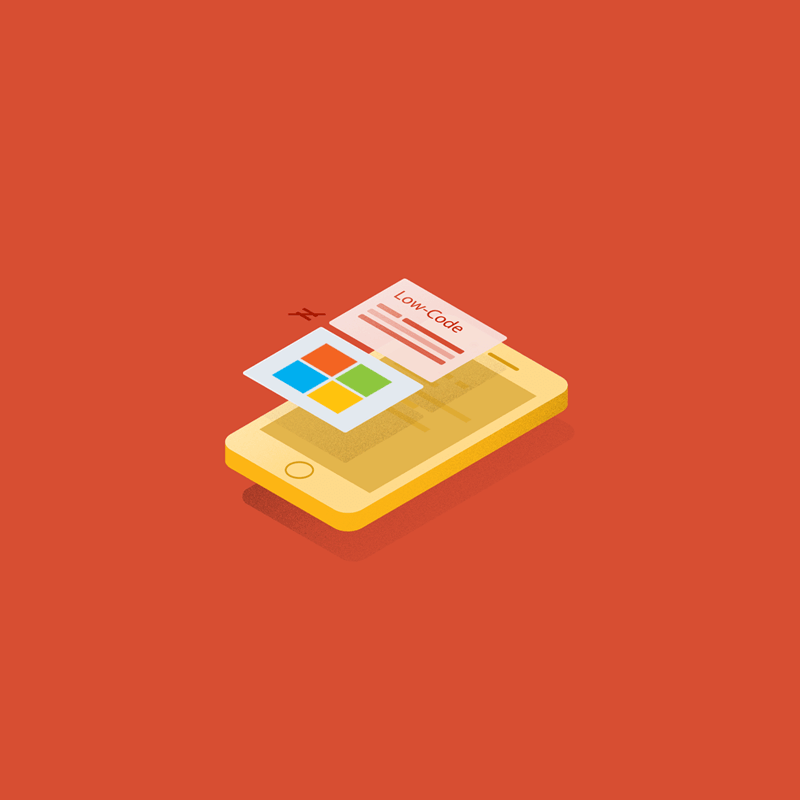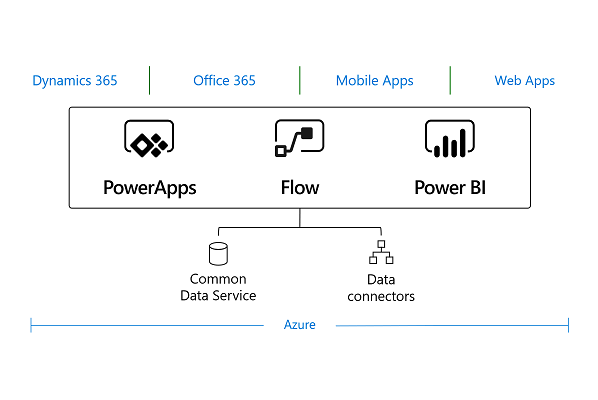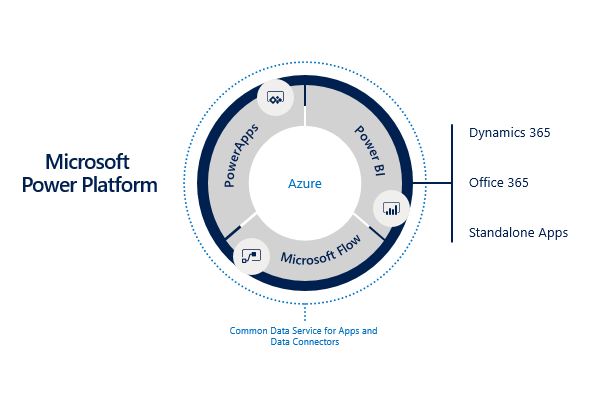
The software developing world is just full of codes.
Since software development time is very expensive for most companies, this essentially makes it difficult for newcomers to enter the game. The same goes to AI. With the tech industry wants to have "low code" and "no code" at all, Microsoft wants to reach that audience.
And this is by announcing its Power Platform, which aims to reduce the complexity of machine learning.
Previously, Microsoft tried to bring that low-code simplicity for building apps when it introduced PowerApps back in 2018. This time, it believes that combining PowerApps with Microsoft Flow and its AI Builder tool, the company can allow developers to build apps with PowerApps, and add a layer of artificial intelligence on top of them is an easier manner.
To make this happen, Microsoft allows developers to have access to data sources, where they can select from several different code packages that inject commonly used AI tasks into their applications..
Microsoft is also providing them the Data Connector tool that gives them access to more than 250 data connectors, that includes Salesforce, Oracle and Adobe, as well as Microsoft services like Office 365 and Dynamics 365.
PowerBI is also getting some AI bits of its own, with improved text and visual analytics that make use of Azure Cognitive Services, according to Microsoft. It’s also getting a redesigned interface that makes it look a lot like Office 365.

According to Richard Riley, senior director for Power Platform marketing, this is the foundation for pulling data into AI Builder.
And according to Charles Lamanna, general manager at Microsoft, the company can do all the analysis and heavy lifting required to build a data model for developers, by removing a huge barrier to entry for business users.
Microsoft in its Power Platform announcement, follows Salesforce which bought Tableau for almost $16 billion, and Google which bought Looker for $2.6 billion.
Amazon Web Services is also said to be working on a secretive low-code/no-code project of its own, called AWS For Everyone.
This clearly shows where the industry is heading: a place where data can be inside a business context, and not just inside codes.
The companies are trying to prove that providing a way to put that data to use, whether in the form of visualization or inside business applications, can be beneficial for all parties involved.

Microsoft's AI builder is not for everyone, and the company acknowledges this.
But here, Microsoft wants to approach those developers who might have been previously unable to get this level of sophistication when building machine learning models. Previously, building apps and adding a layer of AI on top of them require a lot of coding.
With the AI builder, Microsoft wants to eliminate the burdening step, allowing developers to focus on what matters most.
And with it, Microsoft is just having another tool in its collection, which automates workflows that use several different Microsoft applications.
Going beyond, Microsoft said that it is also making blockchain tools available to PowerApps and Microsoft Flow users, which should ease developers in adopting the technology to build things outside the world of cryptocurrencies.